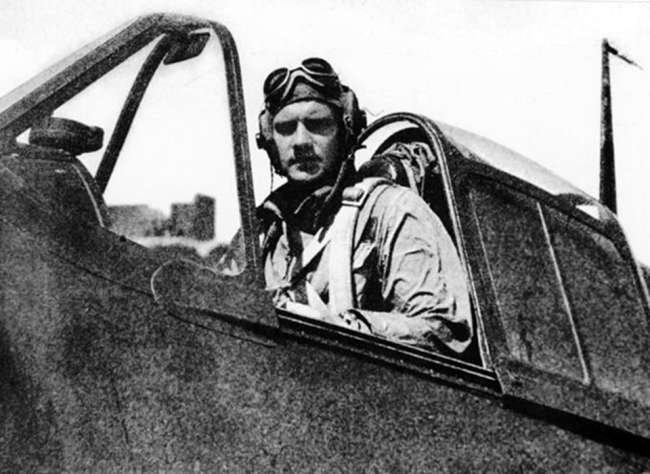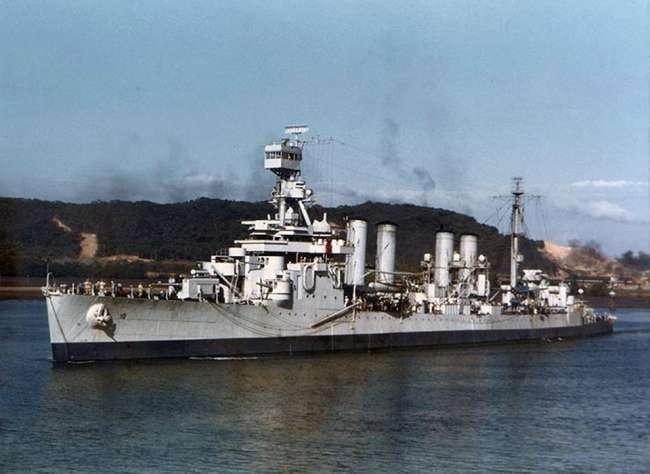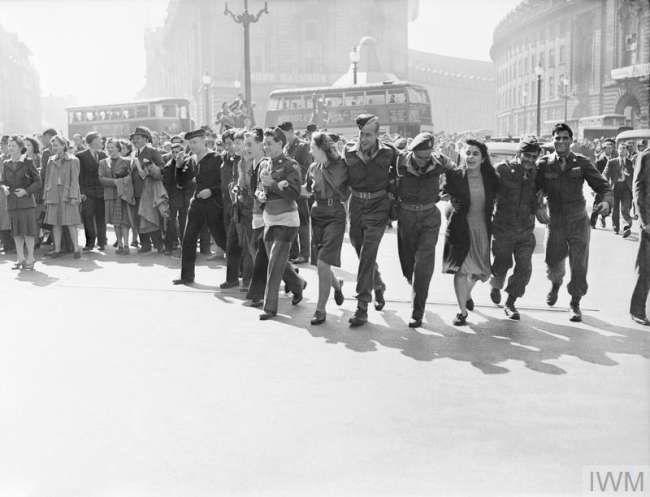Lead image: Courtesy of the Truman Library.
In 1945, General Dwight D. Eisenhower and General Douglas MacArthur presided over the final surrender of Germany and Japan respectively. Each man happened to use a Parker fountain pen, which may not be all that surprising as Parker was one of the most popular American pens at the time. Perhaps what is more interesting is the choice of the Parker model that each man used. English poet Ben Jonson (1572-1637) once wrote “Language most shows a man, speak that I may see thee.” In the same way that a person’s speech reveals something about their character, their personal style may also give insight into their character. With Eisenhower and MacArthur, their pen choices may also say something about the men.
Eisenhower’s 1945 Parker 51 was used to sign the German Instrument of Surrender, as it was formally called, in Reims, France on May 7, 1945. MacArthur used a 1928 Parker Duofold to sign the September 2, 1945 Japanese Instrument of Surrender on the deck of the USS Missouri. Both were two of the most popular pens of their time. But the Duofold was a design that was 20 years older than the 51.
In today’s world, a pen is a pen is a pen, and usually a disposable one at that. That’s assuming that the reader uses a pen that much anymore. But in the first half of the twentieth century, the fountain pen was an item that most men who could afford a pen carried on a daily basis. It was far from disposable and was often passed from father to son.
The successful fountain pen was a particularly American innovation. Pens had existed for centuries and fountain pens, which held an internal reservoir or “fountain” had existed, but these early pens tended to leak. It was not until 1884 that American Lewis Edson Waterman (1837 - 1901) created a simplified feeding system and founded the Waterman Pen Company of New York. After his death his nephew Frank Waterman made Waterman a leading manufacturer during the period between 1905 and the 1920s. Waterman was so well regarded that David Lloyd George used a gold Waterman to sign the Versailles Treaty in 1919. But Waterman lost ground to more innovative rivals, including rival Wisconsin pen maker Parker Pen Company. Parker was founded in 1888, by George Safford Parker, and by 1914 was producing some of the most advanced pens of the time.
It was in 1921 that Parker produced the pen that changed the market, the Duofold. It was a large pen compared with other pens at the time. Additionally almost all pens at the time were much like the Ford Model T, available in any color as long as you chose black. The Duofold was available in a bright red/orange color that was considered daring in its day. It was also expensive, costing about $7.00 in the 1920s, which would be over $100 in 2020 dollars. Although the Duofold name continued in production until after the war, by 1933, the 1921 design was considered old fashioned and was replaced by the Vacumatic, a more streamlined Art Deco style. It was a bright red 1928 Duofold like the one pictured below that MacArthur used on September 2, 1945. (In fact, there were multiple pens used to sign the multiple copies of the "Japanese Instrument of Surrender" as it was officially called. All were standard black pens, except the Duofold. These pens were distributed as follows: one went to West Point, another two went to US General Jonathan Wainwright, who had surrendered the Philippines, and British LieutenantGeneral Arthur Percival, who had surrendered Singapore, each received a pen, and MacArthur gave the Duofold to his wife. Some writers believe that the pen actually belonged to his wife but at that time pen manufacturers made smaller pens marketed specifically for women so this maybe unlikely.)
In contrast to the Duofold, the Parker 51 was a much more modern sleek design, with an advanced feeding mechanism. It was released in 1941 to celebrate the 51st anniversary of Parker, which was actually in 1939, the year that the development began on the 51 model. The 51 also introduced a hooded nib, which no other pen had. The 51 was unavailable to the general public until the end of the war and once it became available it became a huge bestseller and actually remained in production until 1972.
Unlike the signing ceremony on board the USS Missouri, there were actually several “regional” signings of German Surrender Instruments up to May 8, 1945. The first major surrender was at Caserta, Italy on April 29, 1945 (See the story behind that surrender here.) This was followed by a series of gradual surrenders orchestrated by Admiral Doenitz to essentially buy time for retreating German forces on the Eastern Front, including surrenders at Lüneburg Heath, east of Hamburg, on May 4, at Haar, near Munich on May 5, and then the more well known surrender in a French schoolhouse in Reims on May 7, 1945, with the surrender to take effect on May 8, 1945.
For the Reims signing, it appears that Parker 51 pens were used with the exception of at least one Shaeffer pen that may have been intended as a gift for Winston Churchill. (During the war years, Churchill used Conway Stewart pens, a popular British brand.) Although one of the pens used was apparently Eisenhower’s personal pen, Eisenhower did not sign the Instrument of Surrender, and was not even in the room for the signing.
There was a final additional surrender ceremony in Berlin that was actually not signed until the early hours of May 9, 1945 but the enforcement was backdated to May 8. Technical issues of authority, protocol and proper ratification of the May 7 signing necessitated this last ceremony but the terms and conditions of this document were essentially the same as the May 7 Instrument of Surrender.
Armchair psychiatry, much like counterfactual history, is usually best avoided but in this instance there are some relatively safe inferences that can be drawn. Eisenhower’s surrender ceremony in Reims was a quiet affair that was devoid of much pomp and circumstance. His pen was modern, efficient, state of the art, and unobtrusive. MacArthur’s ceremony had a dramatic setting and his pen was an oversized and boldly colored pen that easily drew attention. And yet the Duofold, excellent pen that it was, is also old fashioned and almost anachronistic in shape and style.
Today, the Parker 51 pen used in the Reims signing is in the Harry S. Truman Presidential Library Collection. Another pen used in the Reims signing is the Shaeffer pen in the Dwight D. Eisenhower Presidential Library and Museum. One of the pens used by MacArthur is in the West Point Museum but it is a black elongated desk pen.
The author would like to thank Troy Elkins of the Dwight D. Eisenhower Presidential Library and Museum, and John Miller of the Harry S. Truman Presidential Library for their invaluable assistance and for providing the images from their respective institutions.
Further Reading:
Parker, 1939 Award Winning Aerodynamic Design
John Toland, The Last 100 Days (Random House 1966)
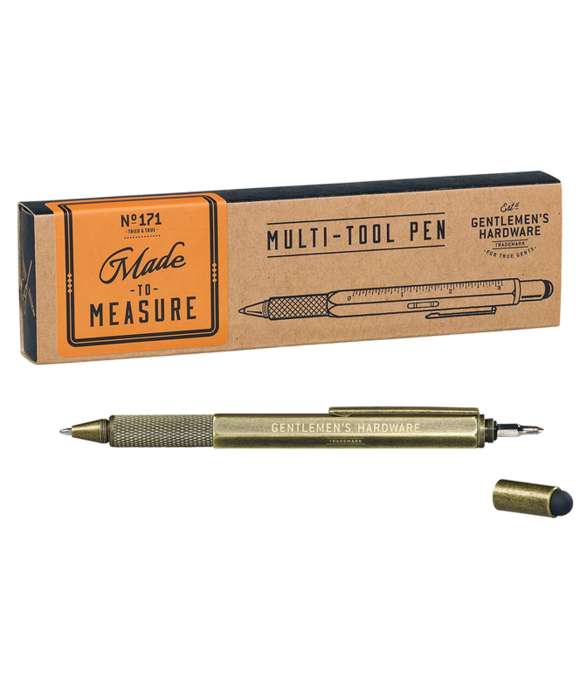
Wild and Wolf Tooling Pen 6 in 1
Brass-finish 6-in-1 multi-tool pen with stylus, ruler, spirit level, and interchangeable screwdrivers.
This article is part of an ongoing series commemorating the 75th anniversary of the end of World War II made possible by Bank of America.
Walter Wolf III
Walter Wolf joined the Museum in October 2019 as the Museum’s first intellectual property Rights Manager in the Curatorial Department. Walter has a Bachelor’s degree in Modern European History and a Juris Doctor degree in law. He also has a certificate in Espionage and Covert Operations from the University of New Orleans.
Cite this article:
MLA Citation:
APA Citation:
Chicago Style Citation:
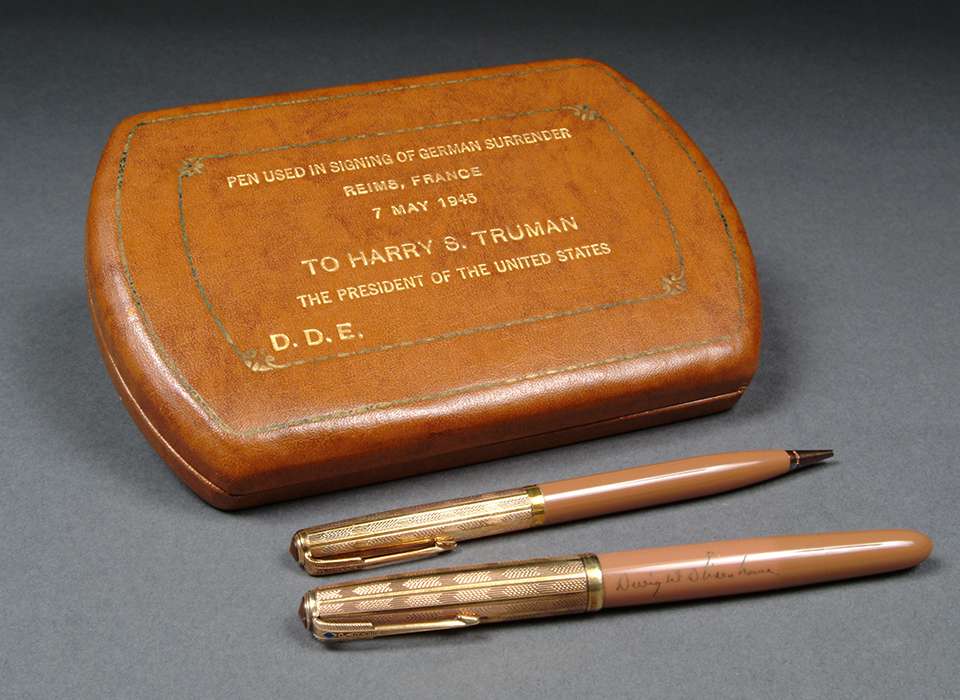
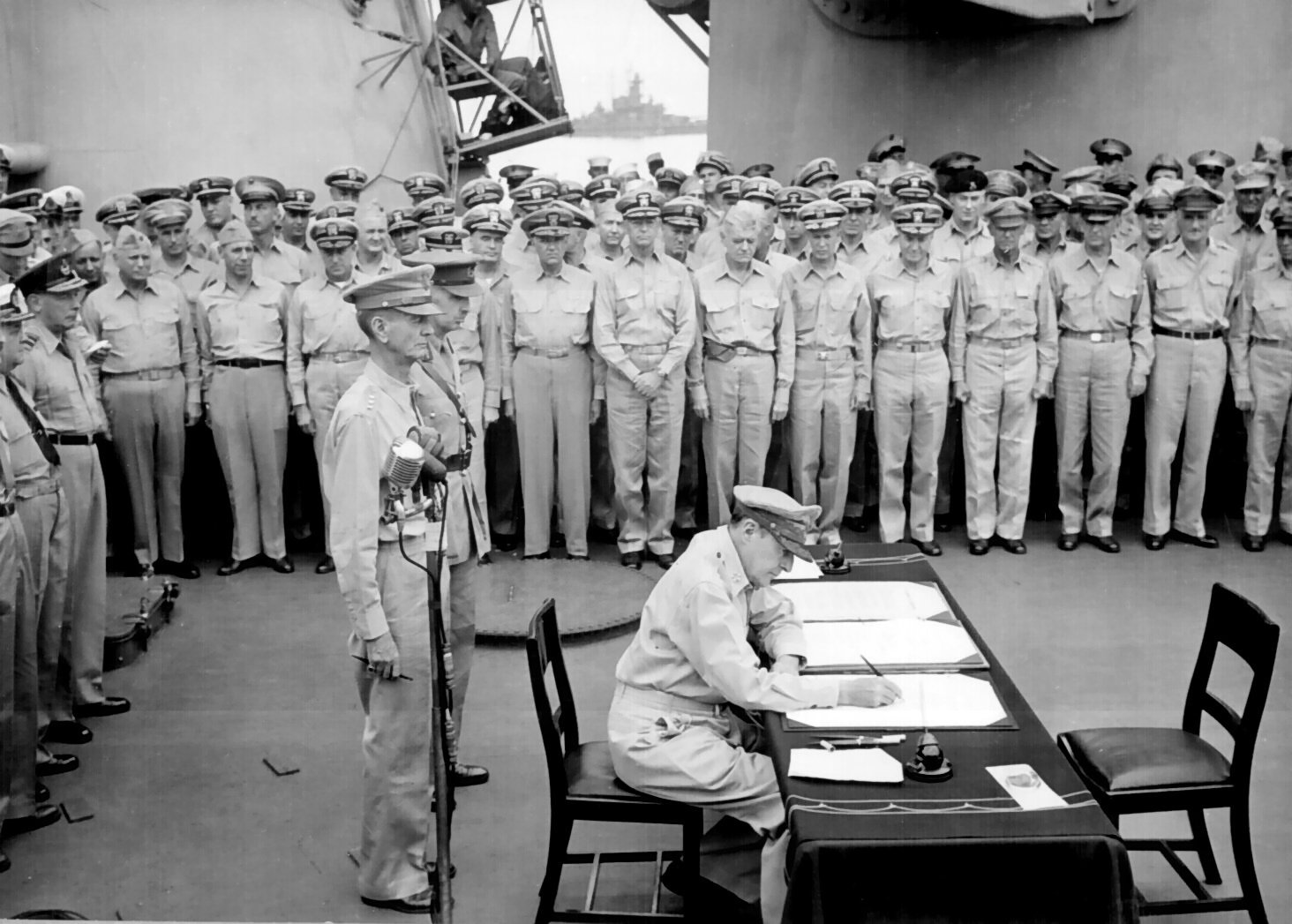
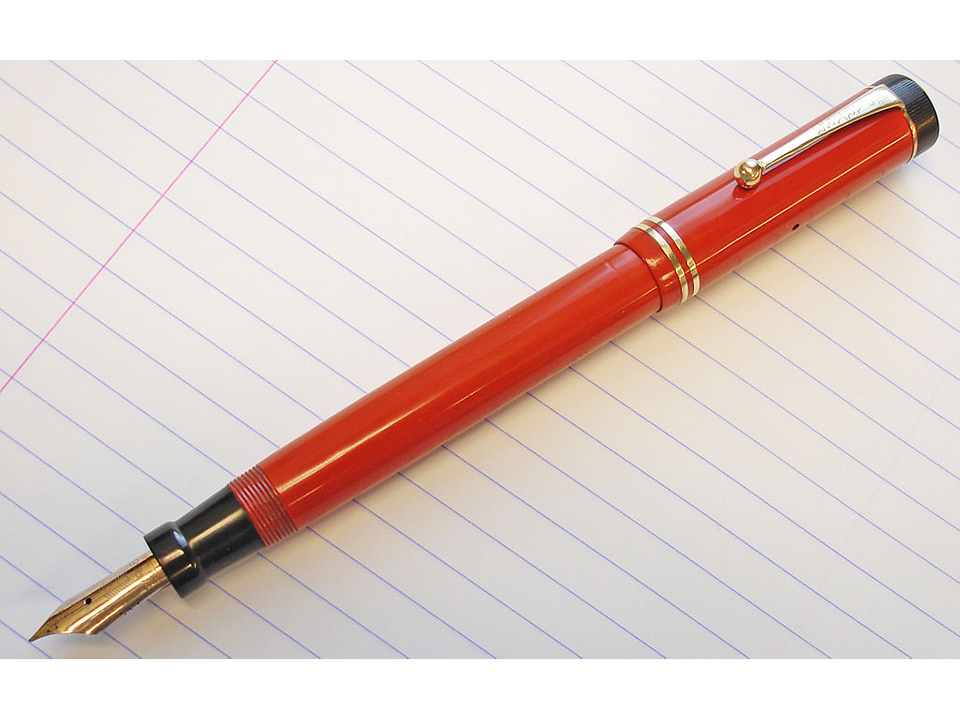
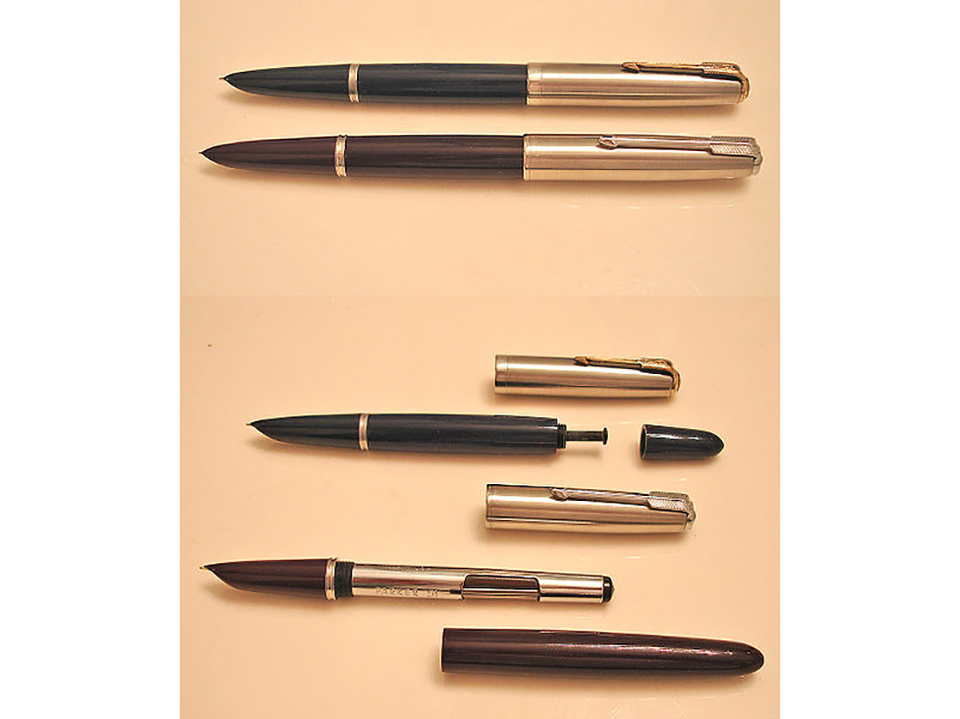
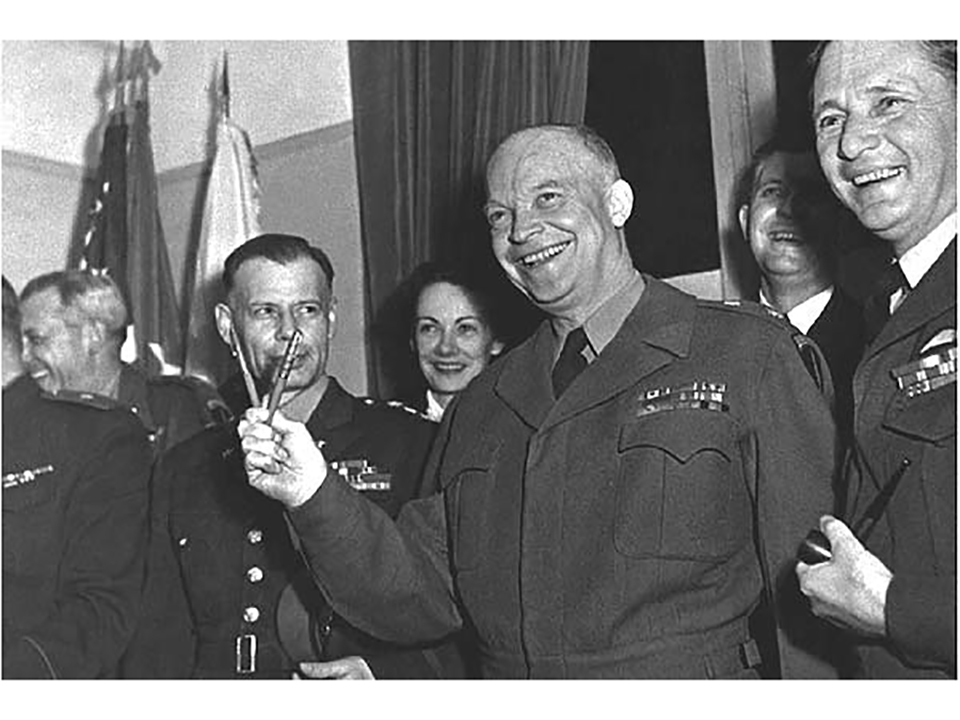
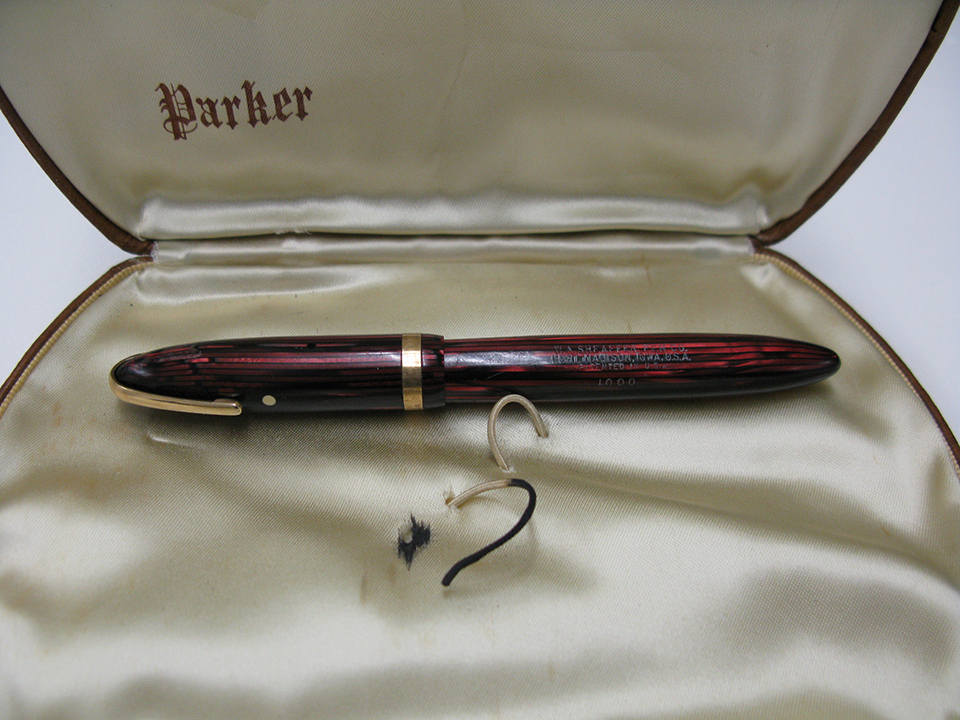


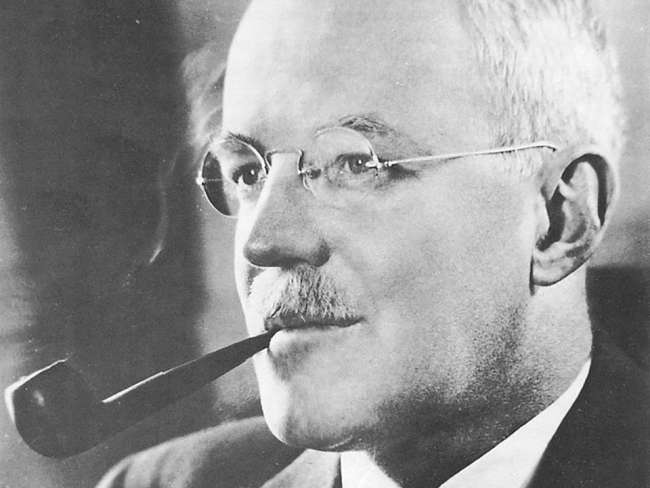
![Max Fuchs, New York City cantor, sings as Rabbi Sydney [sic] Lefkowitz, Richmond, VA, conducts the first Jewish services from Germany.](/sites/default/files/styles/max_650x650/public/2025-10/image1.jpg)




